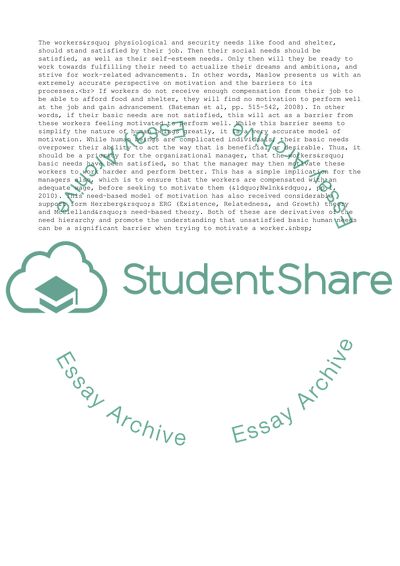Cite this document
(Analysis of Barriers to Motivation Process Causing Frustrations in the Research Proposal, n.d.)
Analysis of Barriers to Motivation Process Causing Frustrations in the Research Proposal. Retrieved from https://studentshare.org/management/1573393-managment
Analysis of Barriers to Motivation Process Causing Frustrations in the Research Proposal. Retrieved from https://studentshare.org/management/1573393-managment
(Analysis of Barriers to Motivation Process Causing Frustrations in the Research Proposal)
Analysis of Barriers to Motivation Process Causing Frustrations in the Research Proposal. https://studentshare.org/management/1573393-managment.
Analysis of Barriers to Motivation Process Causing Frustrations in the Research Proposal. https://studentshare.org/management/1573393-managment.
“Analysis of Barriers to Motivation Process Causing Frustrations in the Research Proposal”, n.d. https://studentshare.org/management/1573393-managment.


